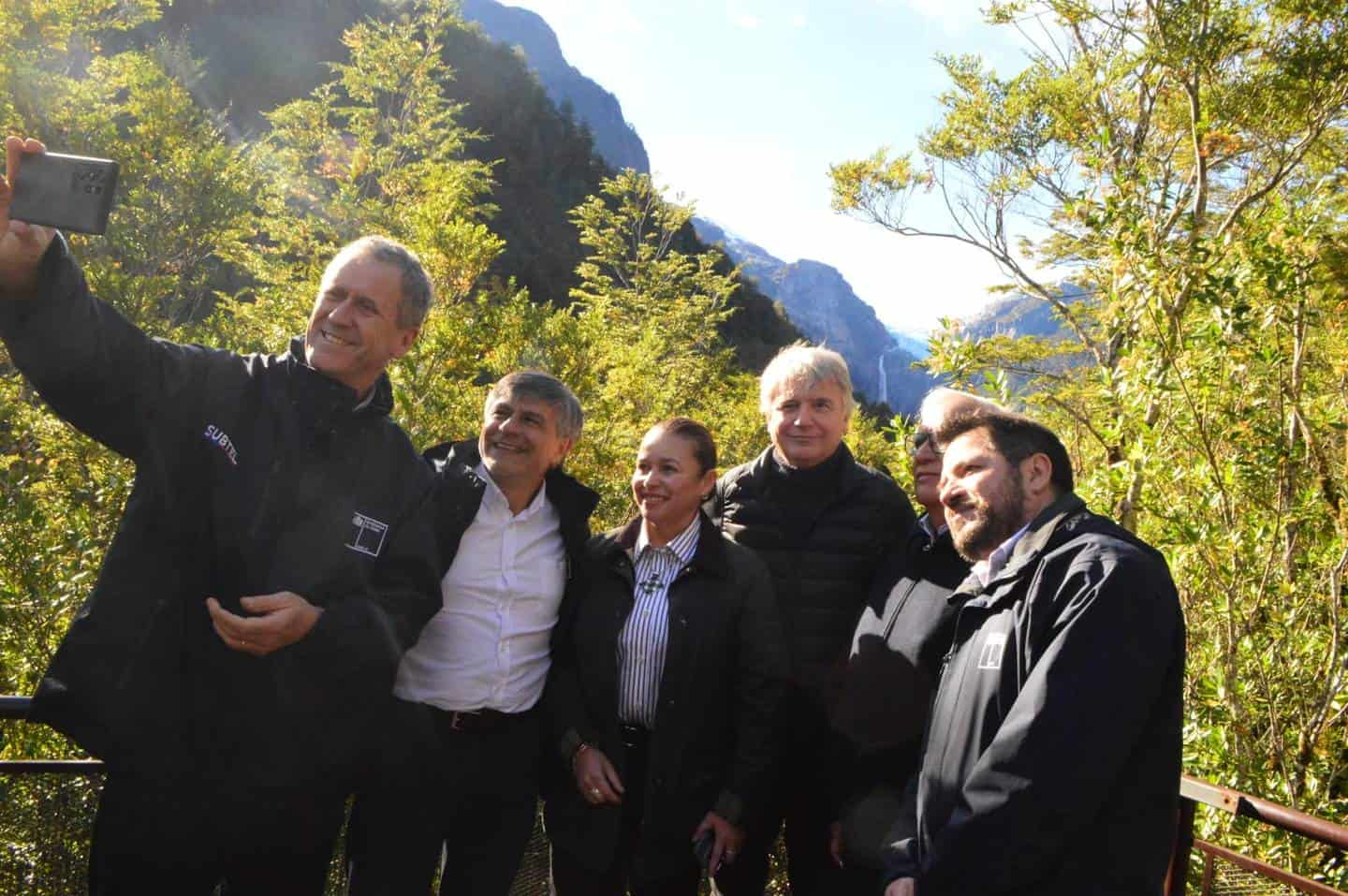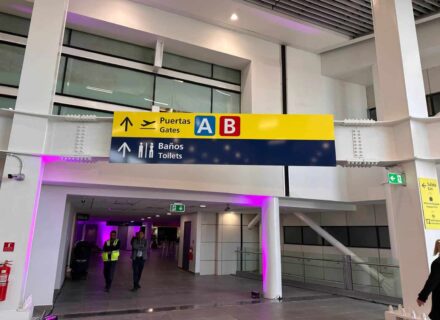Historic Satellite Connectivity Test in Queulat National Park
Chile has set a precedent in digital transformation by becoming the first country in Latin America to enable direct satellite connection for mobile phones. This groundbreaking test was carried out in Queulat National Park, located in the Aysén Region—one of the most remote areas in the country where no digital connectivity currently exists.
The demonstration, led by Transport and Telecommunications Minister Juan Carlos Muñoz, was made possible through a partnership between Entel and Starlink, using Direct to Device technology. The experiment received special authorization from the Subsecretariat of Telecommunications (Subtel), which is working to adjust regulations so the service can be officially implemented nationwide.
What is Direct to Device technology?
Direct to Device, also known as Direct to Cell, is a groundbreaking development in mobile connectivity. It allows mobile phones to connect directly to low-earth orbit satellites without the need for terrestrial towers or external antennas.
Starlink’s satellites function like cellphone towers in space. When a phone is out of reach of traditional mobile networks and has roaming enabled, it automatically connects to the satellite network. In this initial stage, the service allows the sending and receiving of SMS messages, making it especially valuable in emergency situations.
Implementation Phases in Chile
The deployment of the Direct to Device service in Chile will take place in three phases:
- First phase: SMS sending and receiving.
- Second phase: Access to mobile data (internet browsing).
- Third phase: Voice calling capabilities.
With this initiative, Chile is not only advancing its telecommunications infrastructure but also expanding digital access to rural and isolated communities, especially those in areas with no traditional coverage.
Entel and Starlink: Strategic Alliance for Remote Connectivity
The collaboration between Entel and Starlink aims to close the digital gap in a country with challenging geography, where large areas lack mobile coverage. Regions such as the Atacama Desert, rural roads, mountainous zones, and southern territories will directly benefit from this solution, which enhances both safety and connectivity in emergencies or isolated conditions.
According to Minister Muñoz, this project “provides connectivity tools even in the most extreme parts of the country, improving quality of life and emergency response capabilities.”
Which phones are compatible with satellite connectivity?
Not all mobile phones are immediately compatible with this new technology. For a device to connect to the Starlink satellite network via Entel, it must meet the following conditions:
- Be included in Entel’s official compatibility list.
- Be certified by Entel.
- Have the latest version of the operating system installed.
Entel has confirmed that many models currently sold by the company are already compatible, and others will be updated over time to ensure functionality.
A Milestone for Digital Connectivity in Chile
The successful test in Queulat National Park marks a key step toward democratizing internet access and mobile communication in rural and extreme zones. The initiative not only positions Chile as a regional pioneer in mobile satellite technology but also lays the groundwork for a more connected, secure, and integrated society.
This development is in line with other national efforts, such as the recent space cooperation agreement signed with Brazil, reinforcing Chile’s commitment to technological advancement and regional integration.



